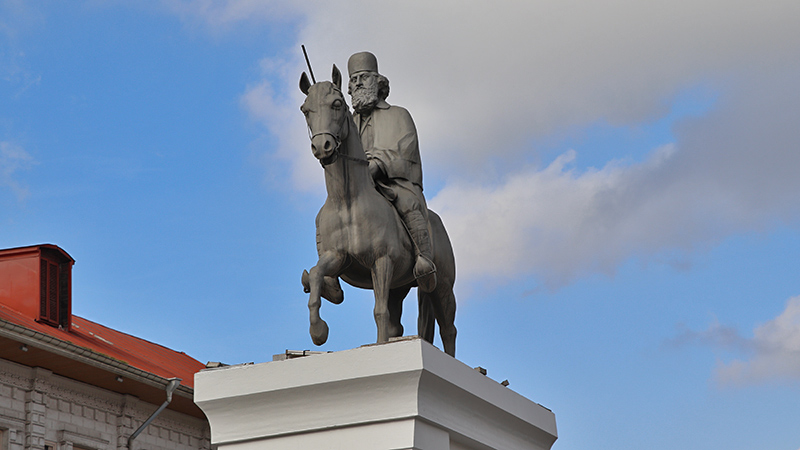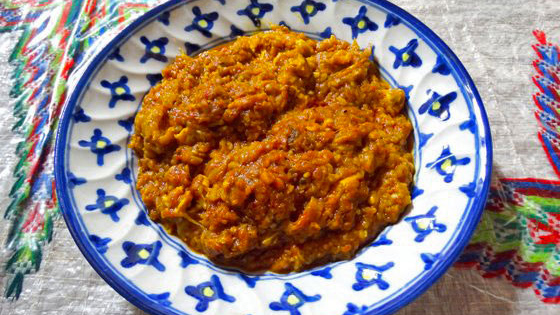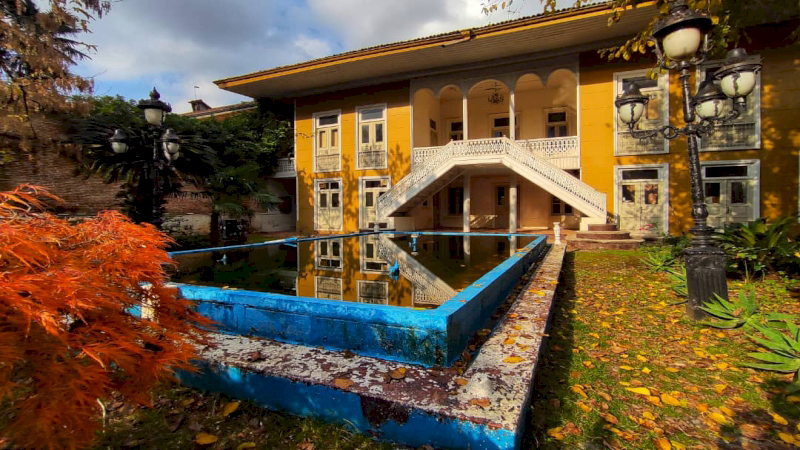 Signin with Google
Signin with Google Signin with Facebook
Signin with Facebook Places
PlacesRasht, Surrounded by Beauty

Carrying the traces of hundred years of history, Rasht Promises an unforgettable experience to its visitors with its green nature and scenic beauty, European ambience, liberal citizens, and of course a variety of decent foods and thriving gastronomy.
The City of Rain
Rasht, the capital of Gilan Province is the largest city of the green crescent in the north of Iran. Nestled by the foothills of the Alborz Mountains, and bathed by the Caspian Sea, Rasht enjoys pleasant Mediterranean weather. Wide paddy fields, tea bushes, olive and citron trees prove its moderate weather. Rasht is the top city on the list of the amount of annual rainfall among other 31 centres of provinces. For this reason, it is known as the "City of Rain". Numerous natural beauties attract millions of Iranians every year and rank Rasht as the third most visited destination of Iranians.

A historical gateway to Europe
This city was at the peak of importance along with the long history of this country. Rasht was the main city before the advent of Islam, during the Sassanid era (650 CE), and was the main transit spot during the Safavid era (16th century). By virtue of its location on the transportation east to west and south to north paths, Rasht was a convenient place to transit goods. Besides that, Rasht was an agricultural centre for bearing rice, tea, and cocoon. For so long years, exquisite silk textiles produced in this city of Iran were the preferred cloth of noblemen in surrounding countries.
Rashti People, the entrepreneurs of art and liberty
Among Iranians, People in Rasht are famous for being broad-minded. Many of the first historical social and cultural events took place in this city. Girls in Rasht were the first ones who attended public schools. The first Iranian modern newspaper was published in Rasht by the name Nasim-e Shomal after the constitutional revolution. The first Iranian bank opened its first branch in Rasht after Tehran. Russian, Ottman, and British governments chose Rasht to have their embassies during the World Wars. The first fire station, 24/7 pharmacy (Karoon Pharmacy), national library, and classical theatre were also opened in Rasht.

Rasht was the birthplace of so many famous Iranian scholars and artists like Ebrahim Pourdavoud, translator of the Zoroastrian religious book, Avesta, to Persian, Hushang Ebtehaj, contemporary poet and Shahrdad Rohani, famous music composer, and conductor.
It was also the major hub for different revolutionary movements in the history of Iran. The greatest one was the Jangal Movement of Guilan. In 1915, intending to end the foreign interferences and government corruption, Mirza Kuchak Khan interested in the Republic of Iran, launched this movement.
The creative city of gastronomy
UNESCO called Rasht the Creative City of Gastronomy in 2005 for its rich culinary culture. The northern culinary culture is marked with the subtle art of combining different ingredients perfectly together. Diversity of vegetation, poultry, and fish spices provided a large range of ingredients that locals used while following their ancestors' exclusive recipes and utensils for preparing numerous mouthwatering meals.
The list of ethnic delicacies of Gilan is huge. More than 170 unique dishes are cooked in this northern province of Iran. Most of these typical foods are vegetable-stock, and you can taste garlic, olive, and pomegranate molasses almost in every dish.
Mirza Ghasemi and Kabab Torsh (sour Kebab) are two of the sensational flavours of Rasht. Baghali Qatoq is also a simple but delightful dip dish. This vegetarian dish is made of fava beans, dill, saffron, turmeric, and eggs. Anar Bij, Torsheh Tareh, Kal Kebab andTorshvash are other extremely enjoyable Rashti foods that you should try.
Every year on Rasht Day, January 2nd, different festivals, and food competitions take place when you have the chance to taste these amazing foods.

UNESCO Award of Excellence for ‘Rashti-Duzi’
The traditional Persian embroidery, ‘Rashti-Duzi’ is a subtle art of fabric embroidery and crochet with more than 400 years of history in Iran. ‘Rashti-Duzi’ has received the UNESCO Award of Excellence in Handicrafts in 2013. “Gilani women have employed Rashti Duzi in their costumes since a long time ago and now it is used by fashion designers for embroidering skirt and sleeve borders in women’s costumes.
Mohtasham Museum, located in the oldest park of Rasht is an old pavilion where eye-catching pieces of Rashti Duzi are permanently exhibited.

Top places to visit in the city of Rasht
Visiting Rasht is all about taking walks in its old neighbours like Saghari Sazan, Kiyab or Mir Sara and enjoying the lively ambience of this beautiful town.
●Shahrdari Square
Shahrdari Square is the focal point of the city that connects the local bazaar and governmental offices including the main buildings of the Pahlavi era. The post office, municipality and the old building of the governorate are around this square. It is the place where people hang out and enjoy the alive nightlife of the city.

●Grand Bazaar
Located at Pileh Meydan, Rasht grand bazaar is the largest roofless bazaar in Iran. There are several caravansaries, vaults, and stores in this bazaar. Although the presented goods had changed over time, the daily market is the liveliest part. Here you can find different types of local fishes caught from the Caspian Sea, fresh seasonal fruits, and different types of pickles, olives, indigenous vegetarian and Lavashak (sour fruit leather). Strolling around and trying them is surely recommended!

●Mirza Kuchak Khan House
Mirza Kuchak Khan was a Nationalist who started a revolutionary movement against the oppression of English and Russian troops in Iran during WWI. He became the public figure of a rebellious movement that ended in the Persian constitutional revolution. To commemorate this great man, his house in Rasht was changed into a museum.
Old architectural mansions of Rasht
The city of Rasht has an artistic face that travellers can take a glance at old houses and buildings to touch. One of the best-preserved of historic houses can be named Avanesian House with unique art and architecture in the vicinity of Shahrdari Square.

Attractions outside Rasht
Not only there are numerous attractions at every corner of Rasht city also the natural attractions around Rasht are good choices for a memorable day trip. Qaleh RudKhan is a castle on top of high hills and among green forests. Masouleh village is an amazing stepped village in less than two hours from Rasht and Saravan Forest Park with diverse and rare plant spices is very close and easy to get from Rasht. Masal summer quarter among clouds and Saqalak-Sar Lake are among the top tourist favourite around Rasht.

How to get Rasht City
You have different ways to reach Rasht. The shortest one is taking the plane from Tehran Mehrabad Airport. After an hour's flight, you are at Rasht's Sardar Jangal Airport. Travelling by train is another interesting option. The journey takes about 5:30 hours and the railway sneaks through very scenic views of the Qazvin plains and Alborz Mountains. You can also take buses or rent a car and enjoy your road trip to greet north. In this way, if you consider Tehran as the start point, your journey will last about 4 to 5 hours from the Qazvin-Rasht highway. It is also good to know that on weekends and holidays, most Iranians plan to travel to the north; so, be prepared to spend some hours in traffic jams.
By Samaneh Zohrabi / TasteIran



